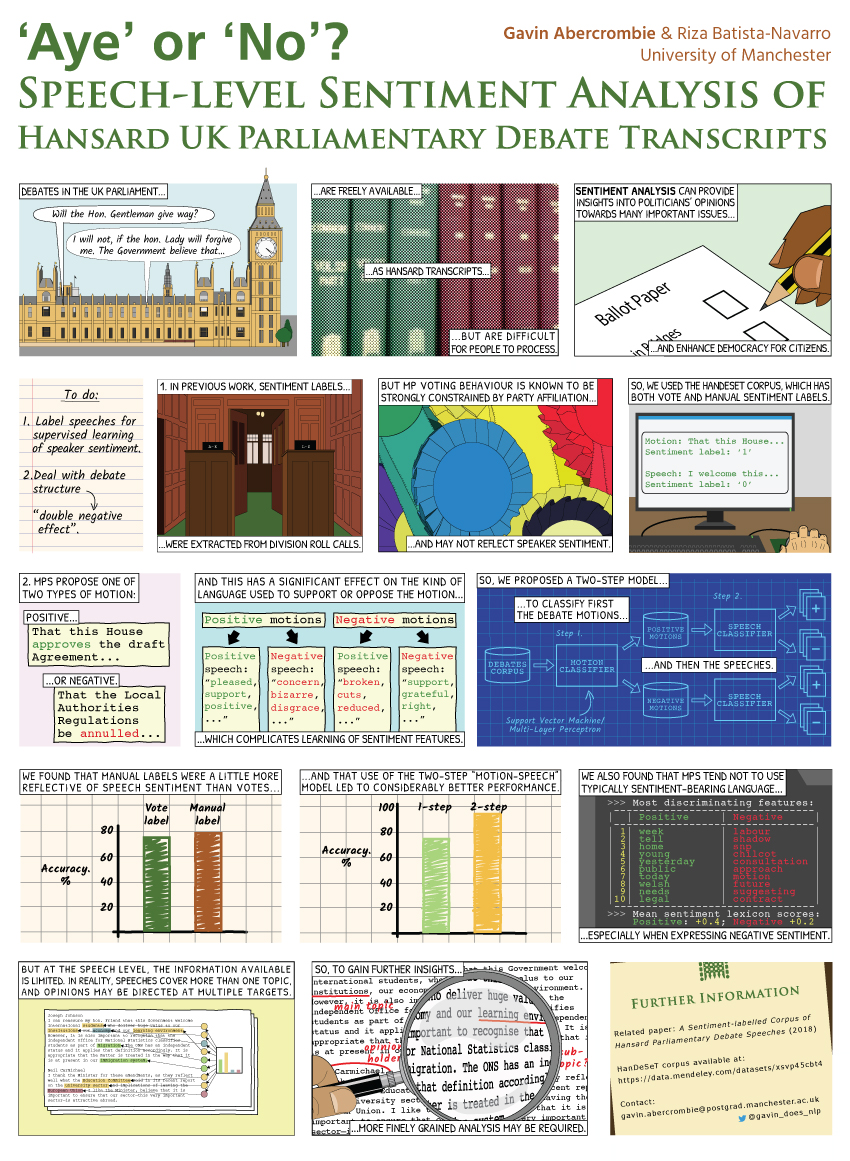Alternative posters, or alternatives to posters
/It increasingly feels like the venerated Academic Poster has outlived its usefulness. It’s still a fixture at most conferences in virtually any field, and it makes sense, as the benefits are clear:
Posters are conceptually simple. They’re just like manuscripts, but bigger!
Posters don’t need to have a specific format. True, some consistency is nice, but elements and figures on a poster can take any size or shape, as long as they fit.
Posters are visual aids. Unlike formal talks, they don’t have a time limit. They exist to support discussion.
These are all also reasons why I feel posters are nearly obsolete. Posters (and, at this point, I’m really just talking about “big sheets of paper containing some kind of interesting information”) work best as a mechanism for fostering discussion, whether there’s a human being standing nearby or not. But what a manuscript does well in terms of information density, a poster does very poorly. No one wants to stand in front of a poster and absorb an entire research project’s worth of material when they could get the gist with a bit of visual assistance. If a manuscript is a buffet, a poster should be some light canapés. Maybe some nice hummus and pita chips.
(I’m not entirely sure that formal manuscripts really serve their purpose in conveying scientific findings anymore, either, but that’s an entirely different discussion, and likely a much more extensive one.)
I’ve been collecting some examples of alternative posters. Some are just visually interesting, while others entirely change the format. All of them play with the audience’s expectations. That seems like the best way to capture attention and foster discussion. I’m not going to call out any boring posters here as that wouldn’t be friendly or productive, but I’ve certainly produced a bunch of them before. They usually look like this:
Sometimes the wall of text is replaced by more tiny figures.
Why do posters still look like this? Beyond trying to render them as tiny manuscripts, I suspect much of it has to do with the role of posters as media for trainees. In most fields, students and junior researchers predominantly present posters, while more senior folks give talks. This may mean the more junior folks just have more to prove. Their poster is as performative as it is informative. It has to convey how serious the involved people are about their area of study.
I don’t have a solution for this problem. It may involve rethinking why and how we convey new findings and resources. Can we separate the performance from the product?
Here are some of those alternative posters, anyway. All have been shared elsewhere or presented at large conferences. Some I found through the Better Posters blog. That blog is very relevant to this topic and is absolutely worth investigating further.
This one is by Gavin Abercrombie from the University of Manchester.
Natural language processing is hard to visualize since it’s mostly about text. This poster does a great job of visualizing a process without totally avoiding details.
This next one is by Per Damkier, Louise Skov Christensen, and Anne Broe from the Odense University Hospital in Denmark. It’s essentially advertising this paper and was quite popular on Twitter.
Even without the texting motif, this is effective because it breaks an entire study down into a few basic questions and answers. A name probably would have been nice.
I saw this next poster at ISMB 2017 - it’s advertising the Debian Med Blend and its bioinformatics packages. Seems like a good strategy if the whole point is to market a set of resources rather than to prove how well a tool performs at a given function.
I’m still looking for more alternative poster formats, and even wholesale alternatives to posters. I’m not sure an ideal replacement exists yet. It’s possible there isn’t one, and it’s possible that there isn’t a formal presentation mechanism better at conveying scientific findings than an informal conversation already is.



